The MSI Z170A SLI PLUS Review: Redefining the Base Line at $130
by Ian Cutress on April 13, 2016 8:00 AM EST- Posted in
- Motherboards
- MSI
- Skylake
- Z170
MSI Z170A SLI PLUS BIOS
A large portion of this page will be identical to the MSI Z170A Gaming M7 review, updated for specific features for the Z170A SLI PLUS.
When MSI launched their second graphical BIOS/UEFI interface, it was quickly praised as implementing more ‘user experience’ than some of the other options on the market. At the time it used more color, different icon placement, and something a bit more than just tabs at the top of the screen. Fast forward a few years and MSI still had the same base layout for Z97 motherboards. There were minor updates – an XMP button, a proper overclocking menu layout, some help menus and fan controls, but it still had the same look and feel when other manufacturers were implementing ‘Easy Mode’ and a few other features to separate the common tools in the BIOS from some of the more esoteric. Now, MSI joins that crowd with their own ‘Easy Mode’ interface.
We still have the ClickBIOS nomenclature, but this at first glance looks like a nice ‘Easy Mode’. A BIOS gets plus points for system information on screen one – the motherboard, the processor, the speeds, voltages, BIOS version, temperatures and fan speeds. Rather than apply a thick layer, MSI separates easy mode into a few options on the left, so we have CPU info above, as well as memory info giving a per-module DRAM rundown:
Storage:
As well as fan controls:
In the top left of the screen is MSI’s OC Genie 4 button, so users can apply the auto-overclock (i7-6700K to 4.4 GHz, i5-6600K to 4.1 GHz) without opening the case and moving the wheel on the motherboard. Next to this is an XMP button for a one-shot XMP enable.
In the fan screen above the fan gradients are not adjustable directly but there is a settings cog next to the fan numbers to take the user to the fan adjustment menu:
This fan adjustment menu is similar to previous MSI BIOSes, which when released was a nice touch giving users a graphical control over their fans.
Elsewhere in the easy mode is a help guide to show how to navigate.
We also get an option to flash the BIOS (M-Flash) and the hardware monitor, which is another link to the fan control. MSI also links to the ‘BIOS Log Review’, which brings up a list of BIOS changes since entry, similar to what we have seen on other motherboards.
Pressing F7 moves into the advanced mode, which gets the SLI PLUS color scheme. MSI puts SLI PLUS in its ‘PRO Series’ line of motherboards, which is another name for what we’d call the consumer channel series.
As far as the advanced mode goes, it runs in line with previous MSI BIOSes we have seen before with a singular main upgrade which we’ll get to in a bit. Each of the buttons around the sides of the advanced mode gives access to different sub menus:
Nothing much out of the ordinary here. Although it is worth pointing out how to install Windows 7 on this motherboard – the option is in “Settings/Advanced/Windows OS Configuration”:
Put ‘Windows 7 Installation’ to enabled, and this will allow the user to use a USB mouse/keyboard during install. It is worth noting that Win7 has to be installed via a CD/DVD in this context as data-based USB drives are disabled. Normally we install an OS via a USB, and while the installation program for Win7 does start up, it refuses to find any OS version to install in an odd twist whereby the BIOS can read the USB stick but the USB stick can’t read itself.
The overclock menu retains the new option we saw on Z97 by offering a ‘Normal’ and ‘Expert’ mode for those that understand the processor to a deeper layer by giving more options. Typically we recommend most users stay with the CPU multiplier and CPU voltage settings, which gives great overclocks for most – however extreme (sub-zero) overclockers always want more control.
I’m going to point out MSI’s awesome fix to an issue I have had with MSI motherboards for years, and it relates to the VDroop control / load-line calibration (LLC).
The concept of this feature is to maintain a constant voltage across the processor (because drawing current causes a drop), and it helps with stability. Current processor design means that a voltage drop occurs when the processor is being used heavily, which is typically compensated for to a variety of levels of LLC. For overclocking stability, the level of LLC can be adjusted with great benefit, ideally providing a constant voltage no matter the load. Previously on MSI motherboards, while there was a setting for the LLC, the adjust option did not make sense, offering % values with no suggestion of base line or effect. This changes, exactly in the way I wanted it to.
Under the DigitALL Power menu, we get this option for CPU Loadline Calibration Control. Because this is a low end motherboard, we only get two options – Auto and Mode 1, but the diagram to explain what each one does is on the right hand side. Of course, the graph is purely qualitative, but that doesn’t matter. Having this ability to decipher whether an option makes the voltage level more constant or less constant wasn’t shown before, and this minor adjustment (it should have taken less than a couple of hours) crosses off the list one of the major issues I’ve had with MSI overclocking in the past.
Ranting aside, the rest of the BIOS falls in line with flashing tools, fan controls, and Board Explorer:
For users looking for FCLK adjustments, navigate to the OC menu and FCLK is in the CPU Features menu near the bottom on the BIOS we tested (1.4).


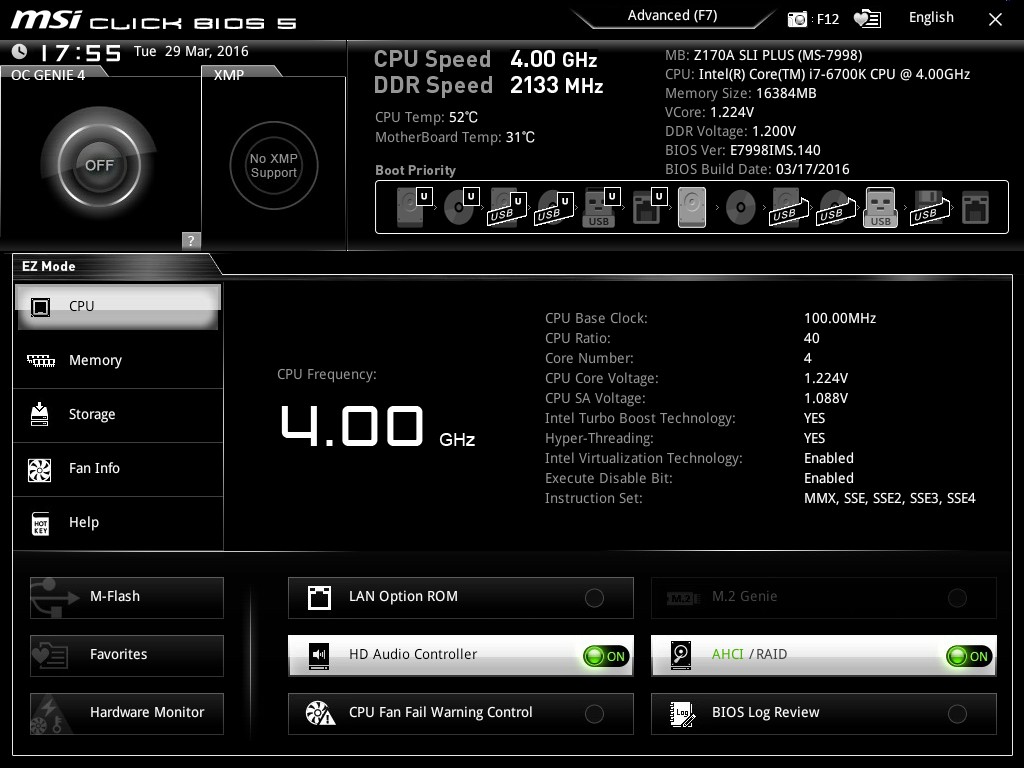
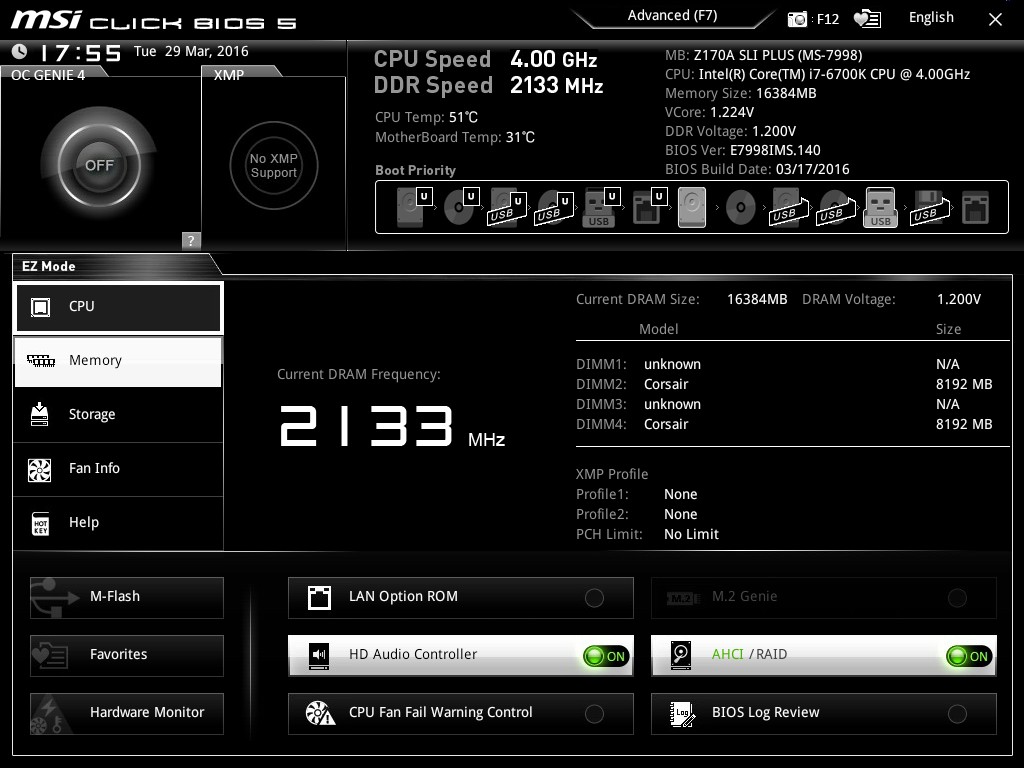

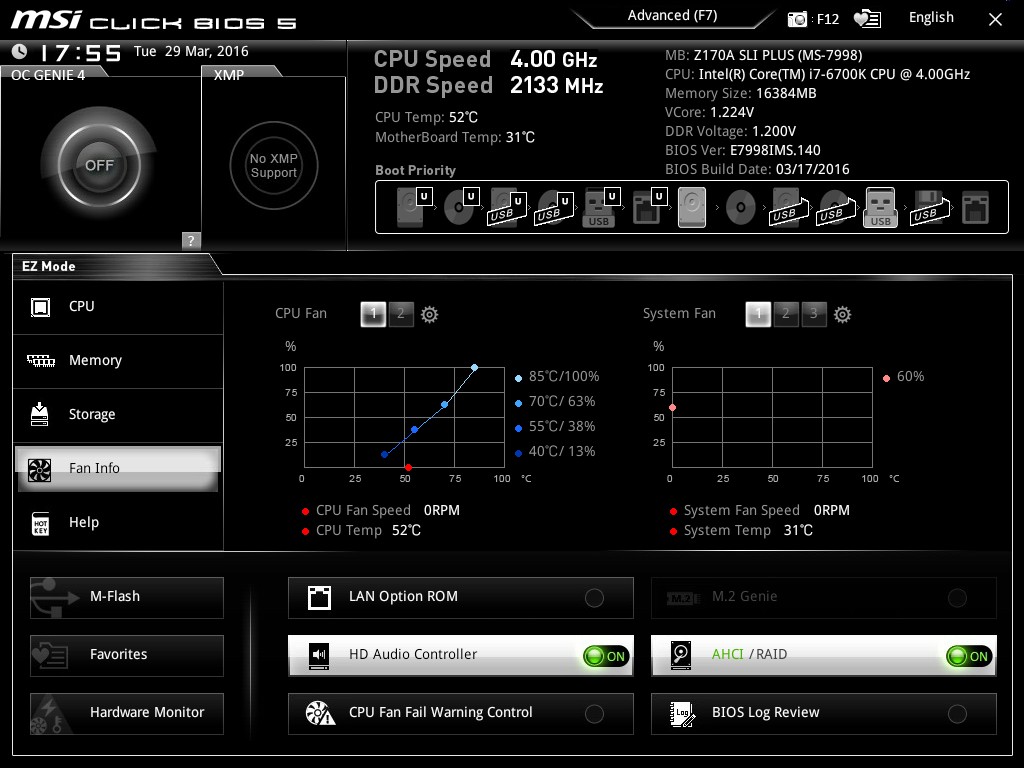
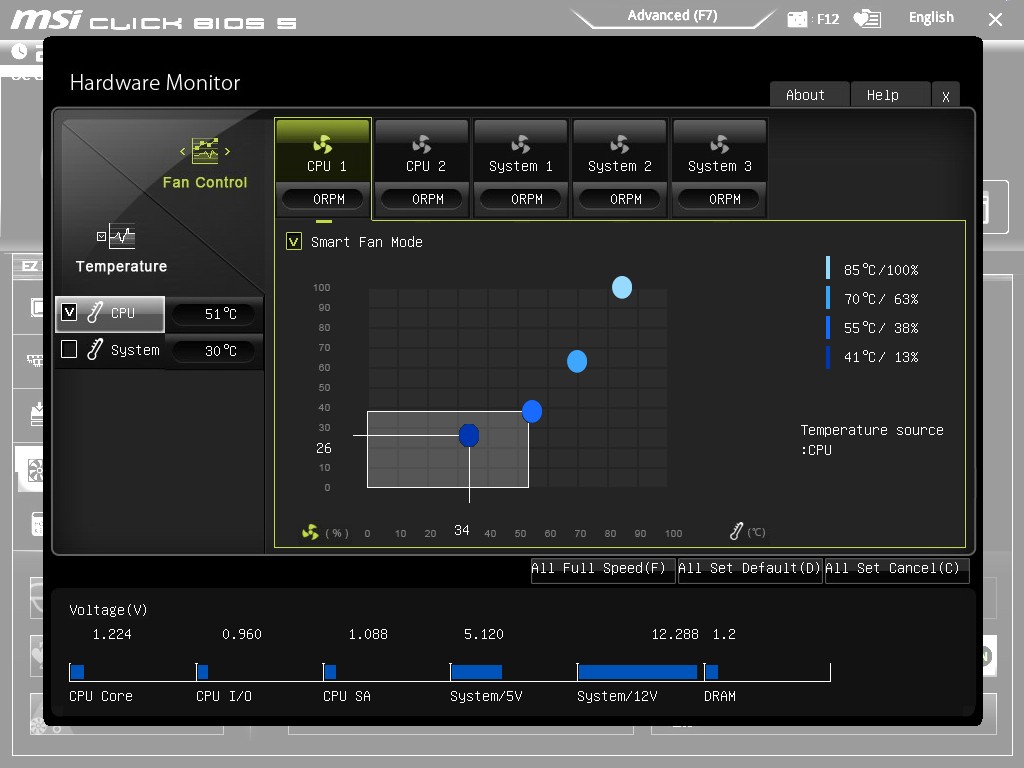
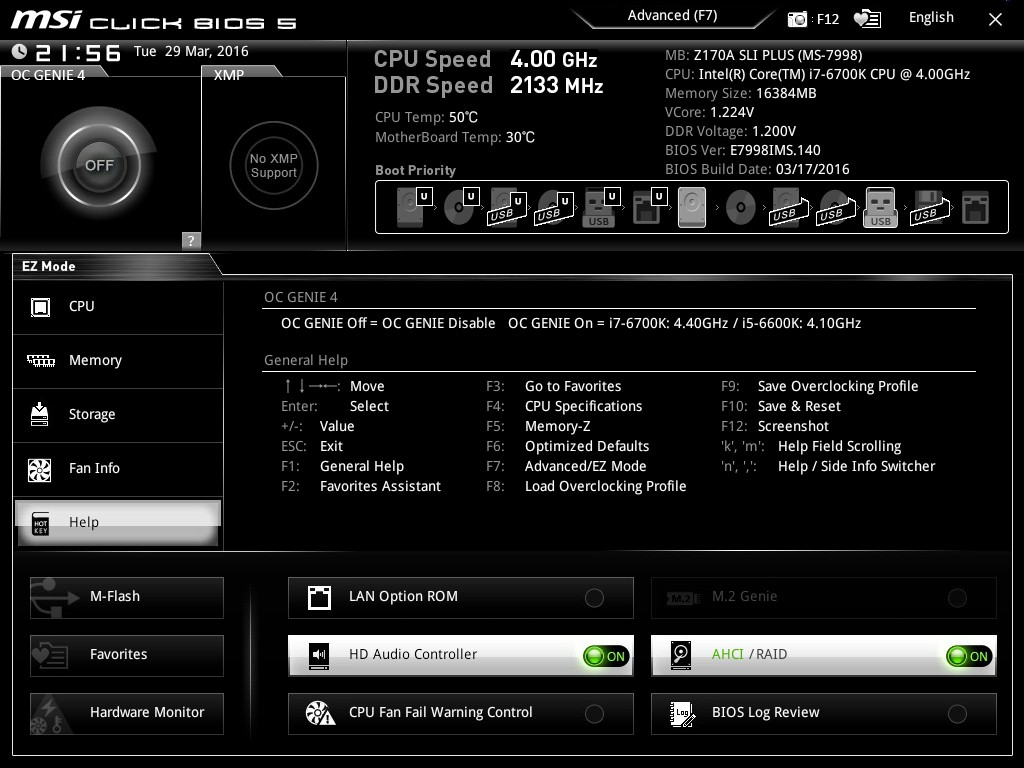
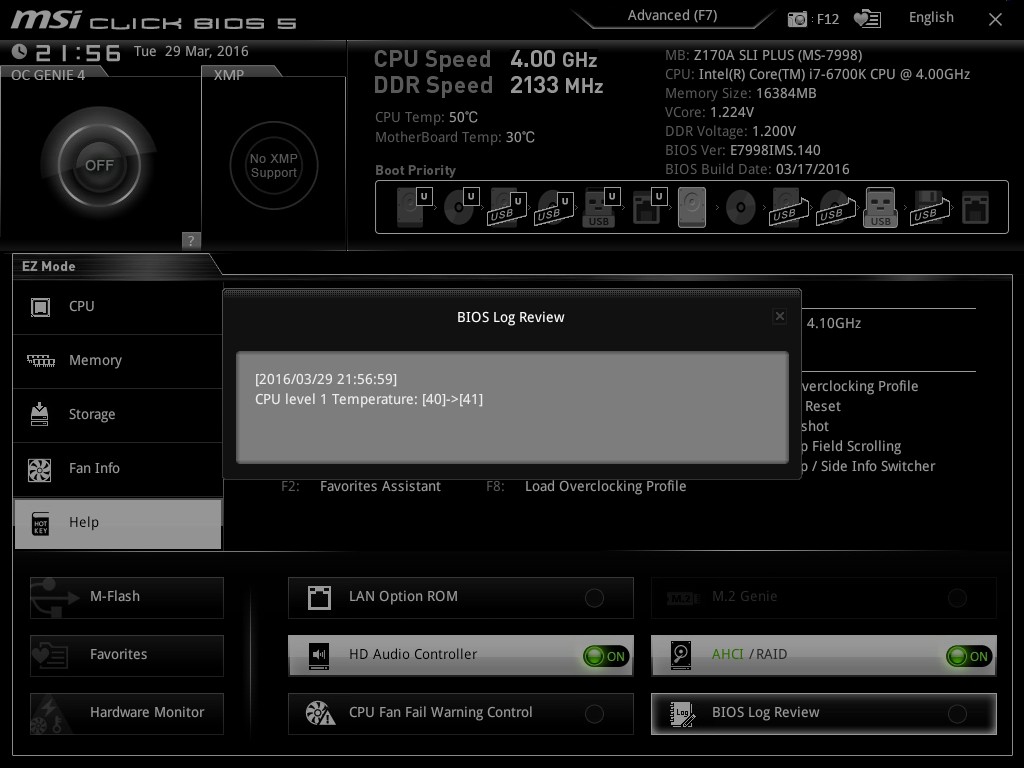
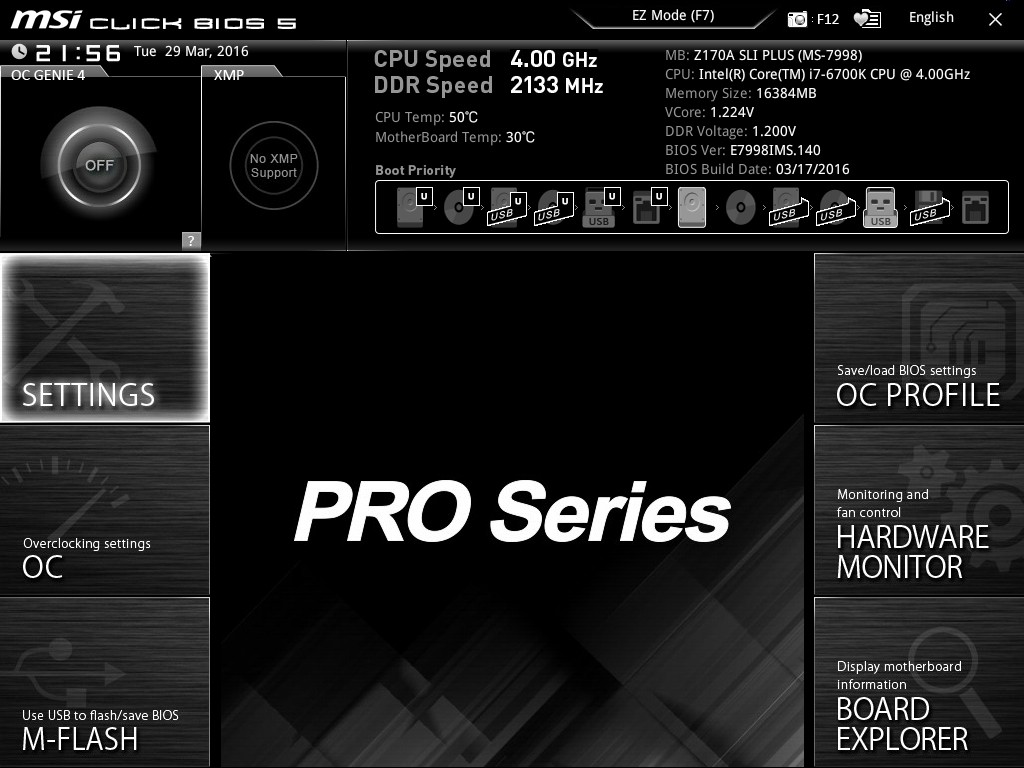
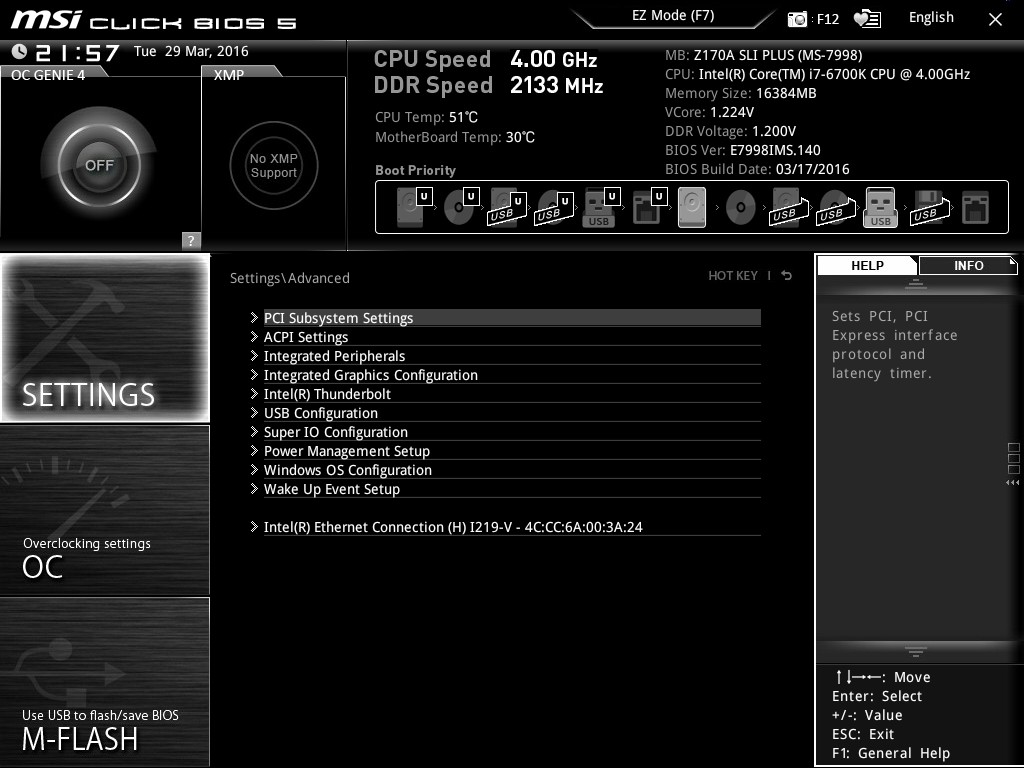


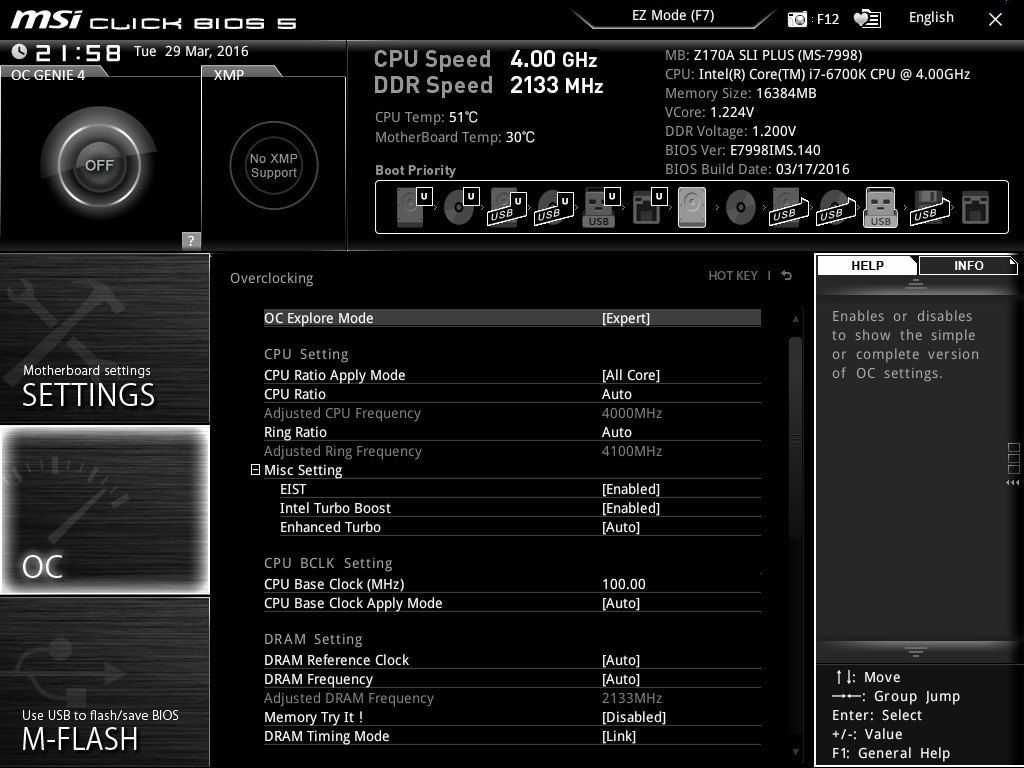
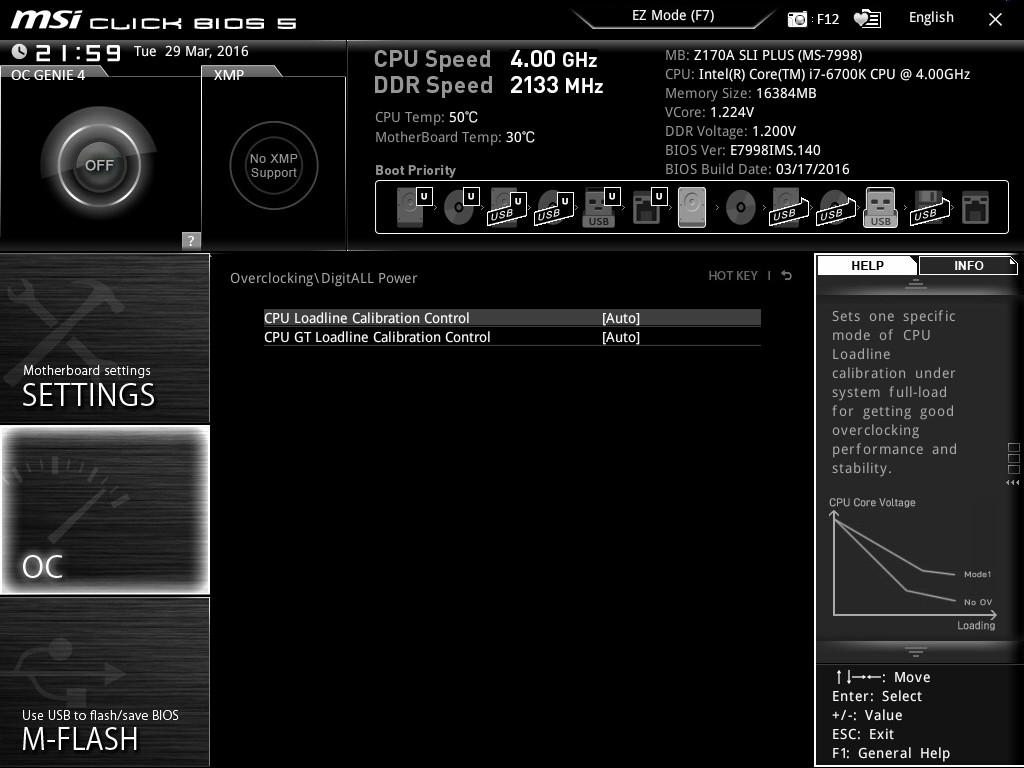
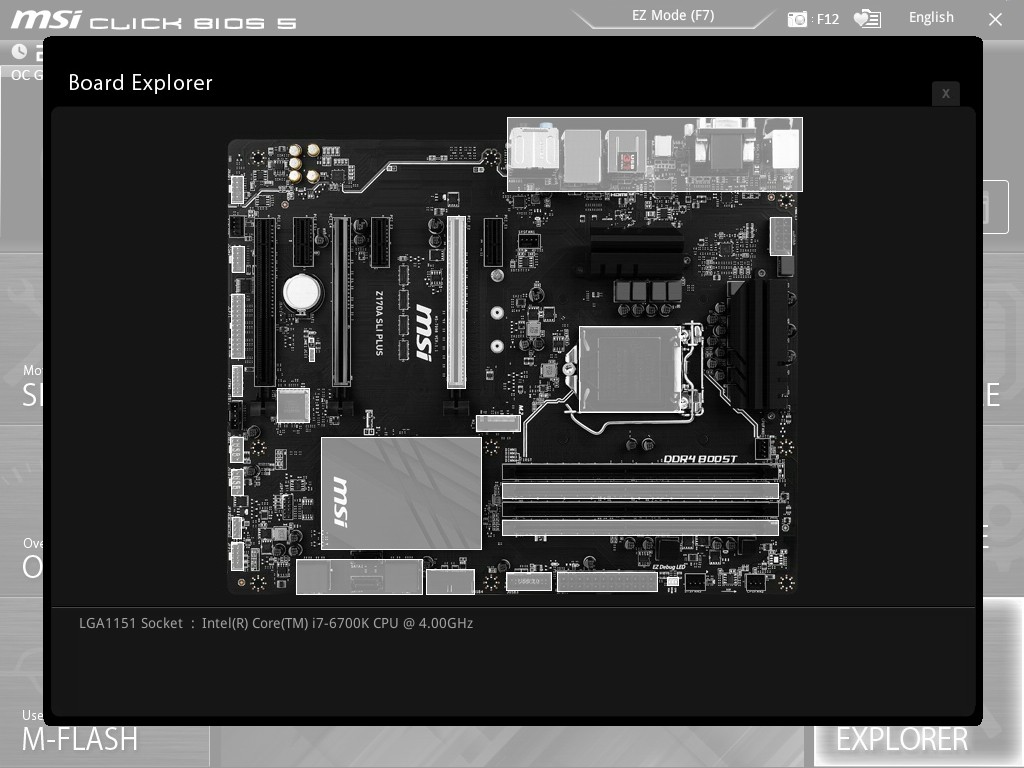
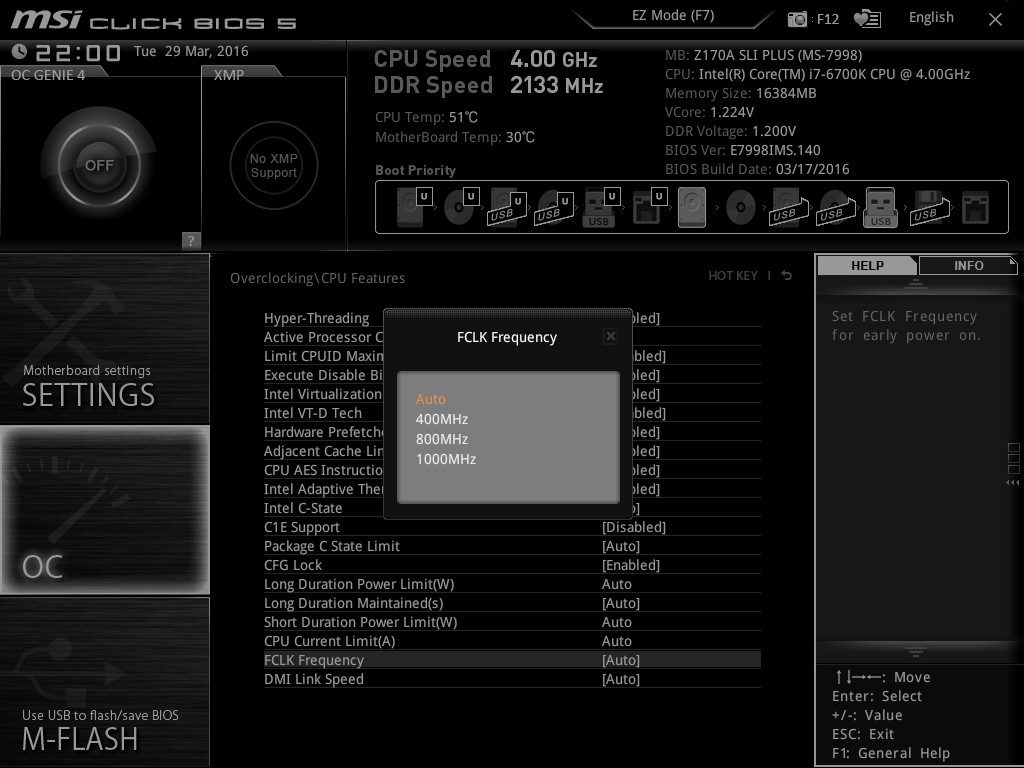














62 Comments
View All Comments
blahsaysblah - Wednesday, April 13, 2016 - link
Asrock Z170 Gaming-ITX/ac has all the latest, no extra flush.- Intel i219-v LAN.
- Realtek ALC1150 sound.
- 2 Chassis Fan ports(not incl CPU)
- Display Port 1.2, HDMI 2.0 w/4k@60(but not HDCP 2.2), HDMI 1.4(thats two HDMI ports)
- full x4 M.2 on back of motherboard
- one regular and one type C USB 3.1 ports
- removed the AC Wifi+BT module before install so dont know about that.
One ITX board with no extra stuff. (im ok w/o HDCP 2.2 as that requires an extra chip and who knows what driver issues will pop up). Only thing better would have been two M.2 ports.
KLC - Wednesday, April 13, 2016 - link
Thanks, I'll look into that one. I'll probably post this same question in the forums.thebeansoldier - Tuesday, April 19, 2016 - link
Yep I had the ol' q6600 as well and just upgraded to a 6600k with the Asrock z170 itx/ac last month. Tasks like Handbrake are so much quicker. Picked up a GTX 970 as well and couldn't be happier.Impulses - Thursday, April 14, 2016 - link
This is a very solid choice, Asus Z170-A is worth considering but it might be a touch pricier or harder to find for minor differences. I had an MSI P97 and this SLI PLUS wasn't out when Skylake came out, so I changed it up to ASUS.I still think ASUS does a better job on the software end, my MSI P97 had certain quirks like not allowing speed control over all fan headers, but those are things they've worked on and fixed since back then.
Toshio - Wednesday, April 13, 2016 - link
Guys you have both the comparison table AND the "Test Setup" specs table wrong. This MB doesn't have any SATA-Express ports. I was comparing this one with ASUS' Z170-A and saw you list the later with two LAN adapters which is also wrong.I've always liked your reviews and trusted the data w/o the needed to re-check specs in the manufacturer's website. I hope you get the time to fix this, thanks for the good work!
extide - Wednesday, April 13, 2016 - link
Yeah the boards are all mixed up in that dropdown comparison table. It was all messed up in the previous motherboard review as well. They are usually good about this stuff, so I hope they fix it soon.Ian Cutress - Wednesday, April 13, 2016 - link
I think one of my table html scripts screwed up. When I get to my PC I'll fix it :)extide - Wednesday, April 13, 2016 - link
Thanks, Ian.MrShigura - Sunday, April 17, 2016 - link
Still isn't fixed...extide - Wednesday, April 13, 2016 - link
Yet again the motherboard comparison drop down is totally messed up. The specs shown do not match the motherboard selected in the dropdown. I mentioned this on the previous motherboard review as well. Please fix!